TABLE 15-5
What are the factors that determine the acceleration time (in sec.) from 0 to 60 miles per hour of a car? Data on the following variables for 171 different vehicle models were collected:
Accel Time: Acceleration time in sec.
Cargo Vol: Cargo volume in cu. ft.
HP: Horsepower
MPG: Miles per gallon
SUV: 1 if the vehicle model is an SUV with Coupe as the base when SUV and Sedan are both 0
Sedan: 1 if the vehicle model is a sedan with Coupe as the base when SUV and Sedan are both 0
The regression results using acceleration time as the dependent variable and the remaining variables as the independent variables are presented below.
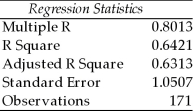 ANOVA
ANOVA

 The various residual plots are as shown below.
The various residual plots are as shown below.
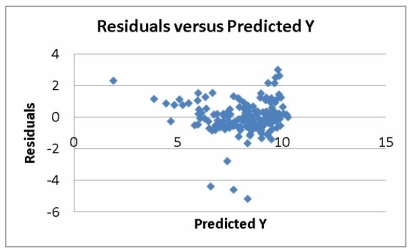
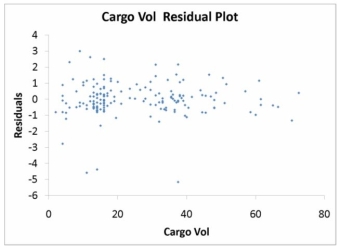
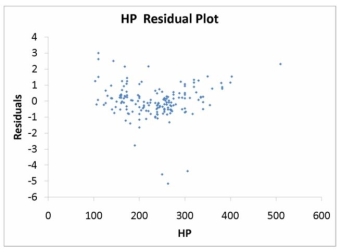
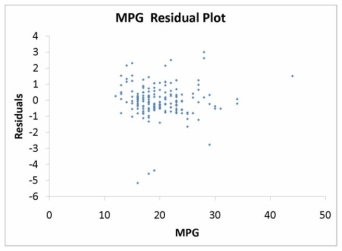
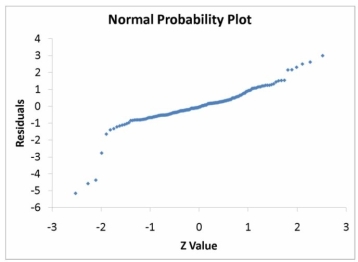 The coefficient of partial determination (
The coefficient of partial determination (  ) of each of the 5 predictors are, respectively, 0.0380, 0.4376, 0.0248, 0.0188, and 0.0312.
) of each of the 5 predictors are, respectively, 0.0380, 0.4376, 0.0248, 0.0188, and 0.0312.
The coefficient of multiple determination for the regression model using each of the 5 variables as the dependent variable and all other X variables as independent variables (  ) are, respectively, 0.7461, 0.5676, 0.6764, 0.8582, 0.6632.
) are, respectively, 0.7461, 0.5676, 0.6764, 0.8582, 0.6632.
-Referring to Table 15-5, the error appears to be right-skewed.
Definitions:
Debt To Total Assets Ratio
A financial metric indicating the proportion of a company's total assets that are financed by debt.
Times Interest Earned Ratio
A financial metric that compares a company's operating income to its interest expenses, used to evaluate its ability to meet its interest obligations.
Solvency
The ability of an entity to meet its long-term financial obligations and continue its operations indefinitely.
Leverage
Refers to the use of borrowed funds to finance the acquisition of assets, aiming to increase the returns to equity shareholders.
Q6: Referring to Table 17-3, suppose the analyst
Q8: Referring to Table 15-5, which of the
Q12: A regression diagnostic tool used to study
Q12: Referring to Table 14-10, to test the
Q16: The superintendent of a school district wanted
Q40: Microsoft Excel was used to obtain the
Q91: Referring to Table 17-3, suppose the analyst
Q105: Referring to Table 16-6, a centered 3-year
Q106: The manager of a company believed that
Q169: The slopes in a multiple regression model